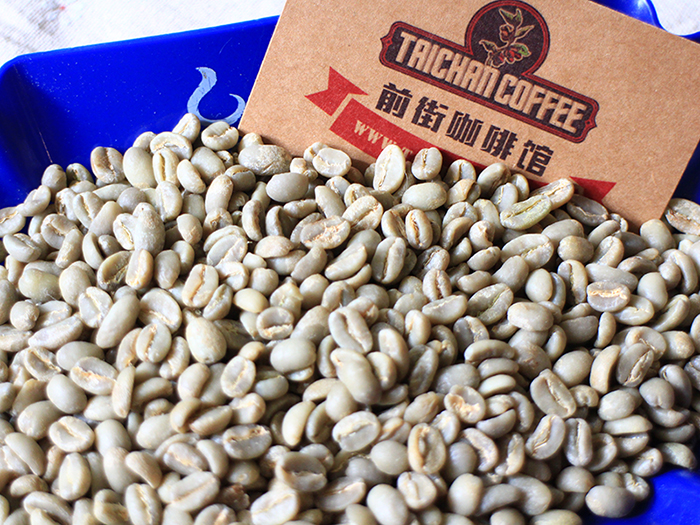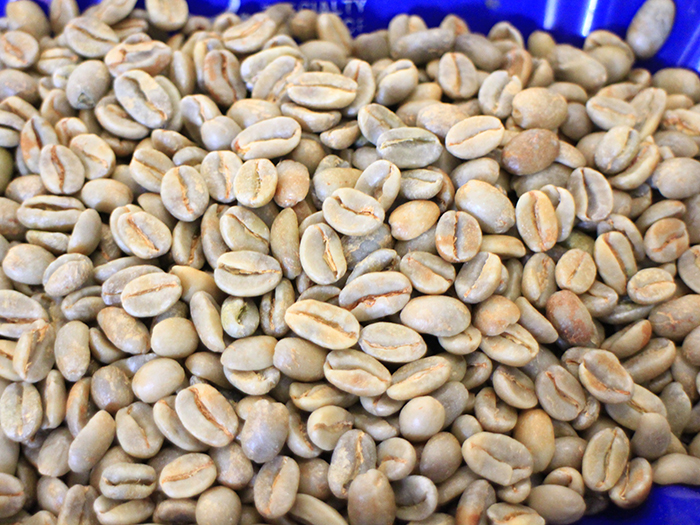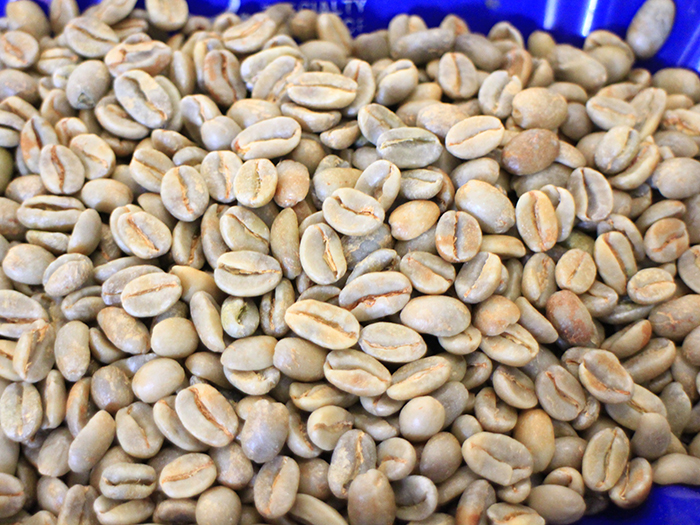Sunburn Banqi Maji imported fine coffee raw beans Ethiopia Ye Jia Xue Fei BenchMaji original beans
There are eight main producing areas of Ethiopian coffee: Ekempti, Limu, Illubabor, Djimma, Harrar, Teppi/Bebeka, Sidamo, Yirgacheffe.
Ethiopian coffee is highly rated in Taiwan, especially the three well-known producing areas of Ethiopia, namely Harrar, Sidamo and Yirgacheffe. Sidama province is located in the south of Ethiopia, Arsi province in the north, Bale province in the east and GamuGofa province in the west. The jurisdiction of Sidama province includes two well-known producing areas, Yirgacheffe and Kochere. The industry is dominated by agriculture, and the coffee growing area is located around the East African Great Rift Valley (GreatRiftValley). Banchi Magi producing area (BenchMaji) is located in southern Ethiopia, is the country's two largest primeval forest coffee (Forest), one is Banchimaji, the other is the coffee producing area of KafaFrost.
There are four types of coffee exported from Ethiopia: virgin forest coffee (forest), semi-virgin forest coffee (semi-forest), garden coffee (garden) and manor large area coffee (plantation).
Primeval forest coffee (forest) accounts for about 10 per cent of all coffee production and comes from southern and southwestern Ethiopia, such as (Bale,WestWolega,Bench-Maji,Keficho-Shekicho,MetuandJimma). Primeval forest coffee has a natural resistance to diseases and insect pests, organic and dry aroma top high-quality flavor.
Semi-primeval forest coffee (semi-forest) is coffee farmers in the primeval forest coffee trees have special care, there are pruning coffee trees and weeds, as well as shade trees pruning, fruit ripening, then harvested and sold, this type of coffee accounts for about 35% of the total output.
Garden Coffee (garden) is now the main force of Ethiopian coffee. It is near the homes of small coffee farmers. Each small coffee farmer family has an average planting area of less than one hectare. These small farmers form numerous cooperatives of different sizes, which are also concentrated in the south and southwest, as well as in the east (Sidamo,Gedeo,SouthandNorthOmo.Hararghe,WolegaandGurageZones,EastandWest.). This type of coffee accounts for about 50% of all production.
Only the government system can have the financial resources for the cultivation of large-area plantation coffee, which accounts for only about 5% of all production.
This batch is the tanning class, the Magi G3 belongs to the primeval forest coffee (forest), is an organic and natural coffee, it comes from the Banqi Maggie Forest Coffee production Farmers Cooperative Union (BenchMajiForestCoffeeProducerFarmers') CooperativeUnionLtd) export, this company is due to 64 major cooperatives and set up an export company, this life bean appearance, consistency, freshness to dry aroma and flavor are excellent, in the dry aroma performance is very top, flavor features: Bordeaux honey, ripe fruit, spices, wine, dark chocolate. Light fermented wine, delicate fruit acidity, berry aroma, cocoa flavor, clean and balanced taste, long and lively fruit flavor.
Country: Ethiopia
Grade: G3
Production area: Banchi Magi primeval forest
Altitude: 1500-1700 m
Treatment: insolation
Varieties: Typica, Heirloom
Producers: centralized treatment of small farmers' harvest
Flavor: jackfruit, spices, wine

Important Notice :
前街咖啡 FrontStreet Coffee has moved to new addredd:
FrontStreet Coffee Address: 315,Donghua East Road,GuangZhou
Tel:020 38364473
- Prev

Ethiopia Solar Yega Chuefei Fine Coffee Raw beans unbaked Adado Adorto G1 Raw beans
Adado (Adoto) is an amazing trace producing area of Yega Xuefei. When you open the bag, the air is filled with a lot of blueberry and vanilla aroma, after baking and grinding release, the aroma will explode again, this is a veritable blueberry bomb. The first rich blueberry flavor is accompanied by a hint of well-balanced acidity, a typical sunny coffee. The cup is sweet, soft and delicate.
- Next

Panama Boquete Region Coffee Green Beans Caesars Louis Manor Wash-processed Coffee Beans
Coffee was introduced to Panama in 1780, when Europeans brought in the first Typica species. After this mysterious and strange drink conquered the senses of Panamanians, the locals began to cultivate it. Casa Ruiz,S.A. The estate, founded in 1920, is located in the Boquete region of Baru Volcano.
Related
- Detailed explanation of Jadeite planting Land in Panamanian Jadeite Manor introduction to the grading system of Jadeite competitive bidding, Red bid, Green bid and Rose Summer
- Story of Coffee planting in Brenka region of Costa Rica Stonehenge Manor anaerobic heavy honey treatment of flavor mouth
- What's on the barrel of Blue Mountain Coffee beans?
- Can American coffee also pull flowers? How to use hot American style to pull out a good-looking pattern?
- Can you make a cold extract with coffee beans? What is the right proportion for cold-extracted coffee formula?
- Indonesian PWN Gold Mandrine Coffee Origin Features Flavor How to Chong? Mandolin coffee is American.
- A brief introduction to the flavor characteristics of Brazilian yellow bourbon coffee beans
- What is the effect of different water quality on the flavor of cold-extracted coffee? What kind of water is best for brewing coffee?
- Why do you think of Rose Summer whenever you mention Panamanian coffee?
- Introduction to the characteristics of authentic blue mountain coffee bean producing areas? What is the CIB Coffee Authority in Jamaica?

